5901 Botham Jean Blvd, Dallas, TX 75215
The Environmental Impact of Scrap Copper
May 13, 2025Global copper demand continues to rise as technological advancements and economic growth drive consumption to new heights. This versatile metal powers homes, fuels technology, and supports renewable energy systems worldwide. However, this essential resource also poses significant environmental challenges.
Scrap copper recycling is one of the most effective sustainability practices available today. It reduces energy consumption by up to 85% compared to mining new copper, leading to significantly lower carbon emissions and reduced industrial waste, which is crucial for resource conservation.
With copper reserves potentially depleting within the next 50-60 years at current consumption rates, understanding the environmental benefits of copper recycling is vital for a sustainable future. Recovering and reprocessing this valuable metal not only conserves natural resources but also addresses pressing environmental issues such as greenhouse gas emissions, waste management, and ecosystem protection.
How Does Scrap Copper Recycling Benefit the Environment?
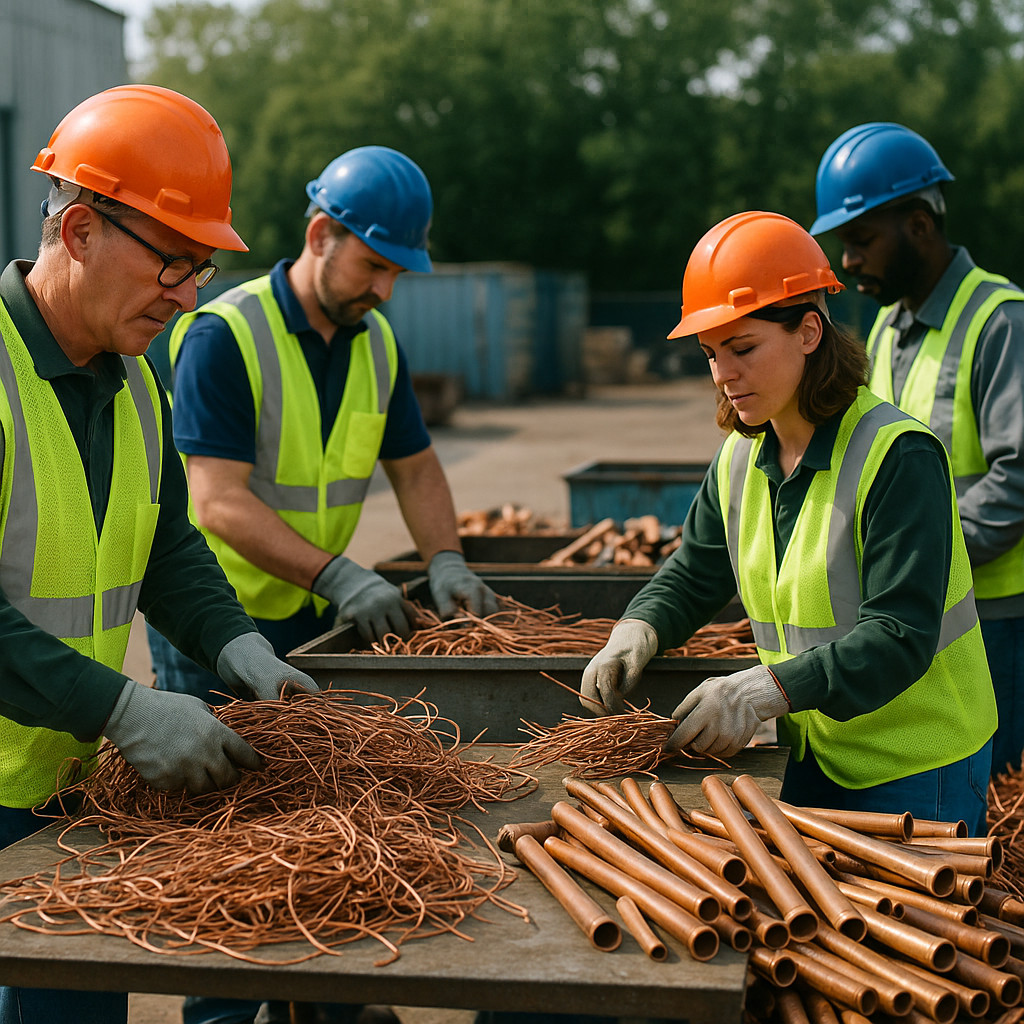
Scrap copper recycling provides substantial environmental benefits by significantly reducing energy consumption. The process uses only 10-15% of the energy needed for mining and processing virgin copper ore. This energy efficiency leads to lower greenhouse gas emissions and a smaller carbon footprint.
Recycling copper items prevents them from ending up in landfills, avoiding potential soil and water contamination. Copper mining generates tailings and waste rock that can leach harmful chemicals into ecosystems. By reducing the need for new mining operations, recycling helps protect natural habitats from destruction.
Copper has a unique quality among metals—it can be recycled repeatedly without any degradation in performance or quality. Unlike some materials that deteriorate during recycling, copper retains its valuable properties indefinitely. This makes it an ideal material for sustainable manufacturing and resource conservation.
Preserving Natural Resources
Copper is a finite resource with limited reserves on Earth. Mining activities often lead to deforestation, habitat destruction, and loss of biodiversity in copper-rich regions. Each ton of recycled copper saves substantial amounts of raw ore from being extracted from the ground.
The preservation aspects extend beyond just the copper itself. Mining operations require extensive land use, water resources, and infrastructure development. Recycling helps conserve these natural resources by reducing the ecological footprint of copper production.
Supporting a Circular Economy
Copper recycling exemplifies circular economy principles in action. Instead of following the traditional linear model of extraction, production, and disposal, recycled copper creates a closed-loop system where materials remain in productive use.
This circular approach significantly extends the lifespan of copper resources. It is estimated that two-thirds of the 690 million tonnes of copper produced in the last century are still in productive use today. This impressive statistic highlights copper’s role as a sustainable material.
The economic benefits of copper recycling complement its environmental advantages. Recycled copper supports industries by providing a steady supply of high-quality secondary raw materials that cost less than newly mined copper. This economic efficiency makes sustainability financially attractive for businesses.
Reducing Industrial Pollution
Copper mining and processing generate significant environmental pollution. Open-pit mining disturbs large tracts of land, while smelting operations release sulfur dioxide and other pollutants into the atmosphere. Recycling drastically reduces these pollution sources.
Water quality also benefits from copper recycling. Mining operations frequently impact local watersheds through acid mine drainage and sediment runoff. By decreasing reliance on primary production, recycling helps protect water resources from contamination.
| Aspect | Recycling | Primary Production | Difference |
|---|---|---|---|
| Energy Use | 10-15% | 100% | 85-90% less energy |
| CO2 Emissions | Reduced | Higher | Lower emissions |
The global impact of copper recycling continues to grow as awareness increases. Currently, about 8.7 million tonnes of copper annually come from recycling “old” scrap (end-of-life products) and “new” scrap (manufacturing byproducts). This recovered copper supplies approximately one-third of worldwide copper demand, showcasing recycling’s crucial role in sustainable resource management.
What Are the Sources of Scrap Copper?
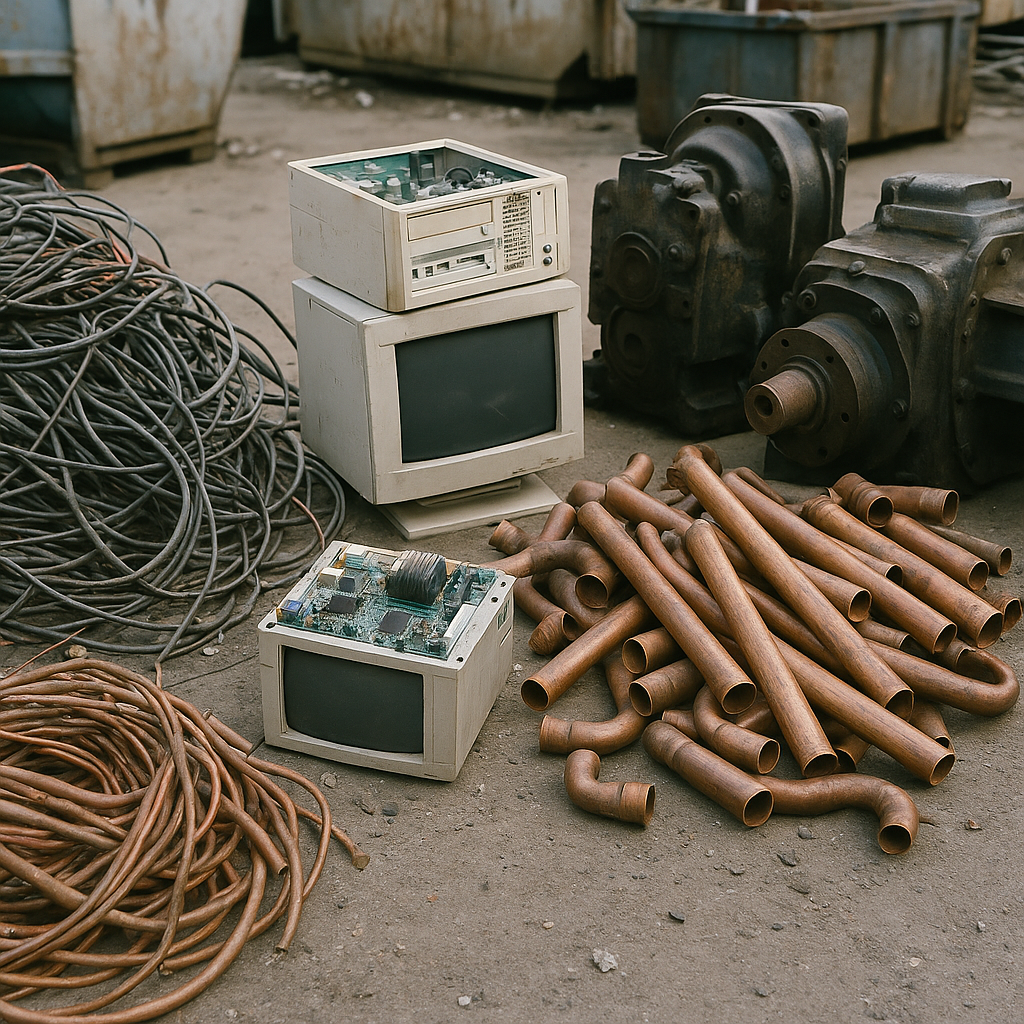
Scrap copper originates from diverse sources, with construction and demolition sites being major contributors. These sites yield valuable copper from building wiring, pipes, and plumbing fixtures removed during renovation or teardown projects. Recycling specialists note that a single commercial building demolition can produce hundreds of pounds of recoverable copper.
Electronic waste is another significant source of scrap copper. Discarded smartphones contain between 12-36% copper by weight, making them particularly valuable for recycling. Other common electronic items like computers, televisions, and stereo systems also contain substantial amounts of copper in their internal components and wiring.
Household appliances contribute notably to the copper recycling stream. Refrigerators, washing machines, and air conditioners contain copper within their motors, electrical systems, and cooling components. A typical washing machine can yield anywhere from 170g to 1600g of copper, mainly from its motor.
The transportation sector is also rich in copper. Old vehicles contain copper in their electrical systems, motors, and brake components. As electric vehicles become more common, the amount of recyclable copper per vehicle is increasing substantially due to the copper-intensive nature of their batteries and motor systems.
Industrial facilities generate copper scrap through equipment replacement and upgrades. Manufacturing plants, warehouses, and processing facilities often discard machinery containing substantial amounts of copper wiring and components. Even power and telecommunications infrastructure upgrades result in significant quantities of recyclable copper wire and cabling.
The recycling process for scrap copper involves several key steps. Collection is the first phase, which occurs through municipal programs, scrap yards, or dedicated e-waste collection events. The collected materials then undergo sorting to separate copper-containing items from other materials, using manual disassembly or mechanical processes like shredding and chopping.
Advanced separation techniques are employed to isolate the copper from other materials. These include electromagnetic separators, eddy current separators, and air classifiers that sort materials based on their physical properties. For instance, copper wire is often processed through specialized chopping machines that cut it into small pieces before separating the metal from insulation.
The final stages of copper recycling involve melting and refining the metal to remove impurities before casting it into ingots or other forms for reuse in manufacturing. This process significantly reduces energy consumption compared to mining virgin copper—studies indicate recycling copper requires about 85% less energy than primary production.
How Does Scrap Copper Recycling Compare to Primary Copper Production?
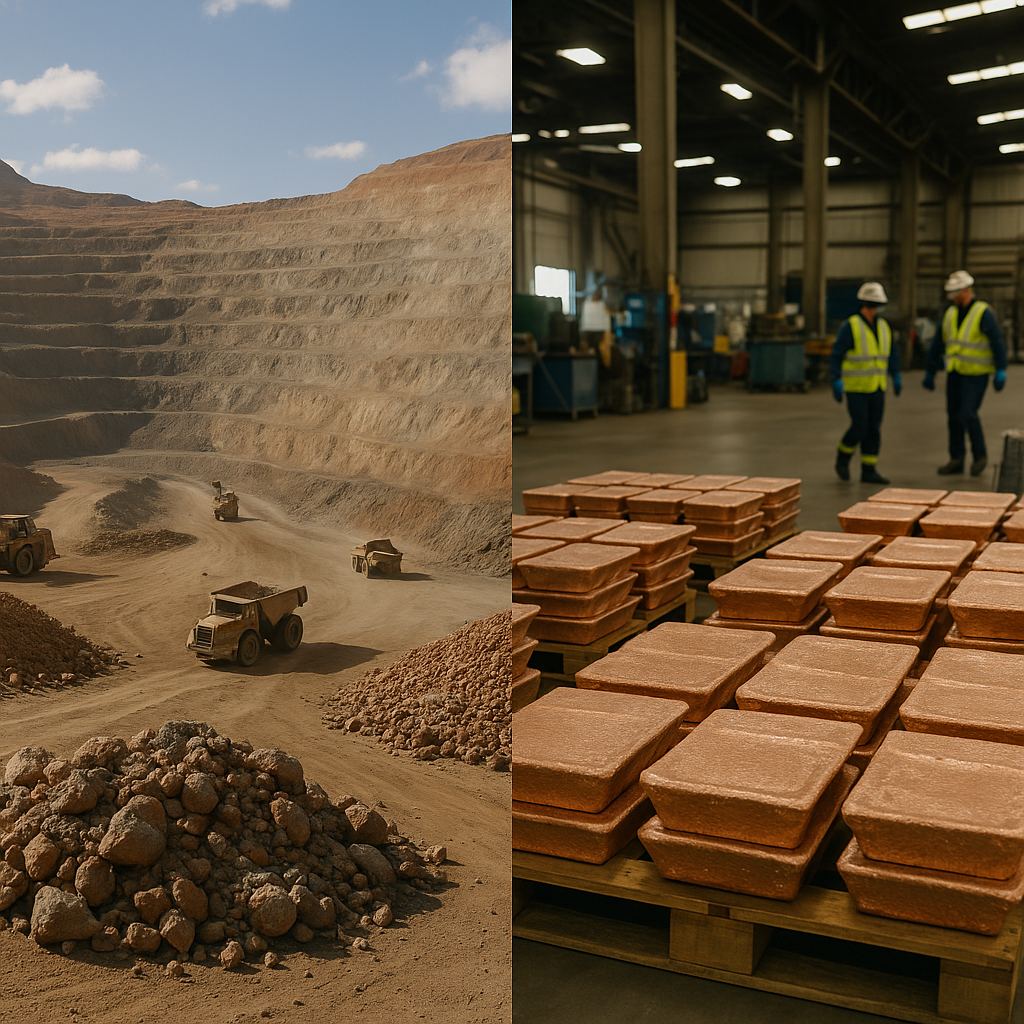
Scrap copper recycling is significantly more eco-friendly than primary copper production from mining. The energy efficiency difference is substantial, as recycling copper requires about 85% less energy than extracting and processing virgin copper ore. This energy reduction translates to lower production costs and decreased environmental impact.
The economic advantage of recycling copper is compelling. Processing scrap copper is roughly 13 times more cost-effective than primary production methods. This cost differential makes recycled copper attractive for manufacturers across industries. The lower production expenses help create market stability while conserving valuable natural resources.
Carbon emissions reduction is another major benefit of copper recycling. The substantial energy savings in the recycling process directly correlate to a significant decrease in greenhouse gas emissions. By choosing recycled copper, industries contribute to climate change mitigation and help meet global sustainability targets established in international agreements.
Perhaps most impressive is that recycled copper suffers no quality degradation compared to newly mined copper. Unlike many other recycled materials, copper can be recycled repeatedly without losing its essential properties. The electrical conductivity, thermal performance, and mechanical characteristics remain identical between recycled and virgin copper. This quality preservation makes copper uniquely valuable in a circular economy model.
The environmental benefits extend beyond energy and emissions. Primary copper production requires extensive mining operations that can lead to habitat destruction, deforestation, and biodiversity loss. The extraction process generates tailings and waste rock that may leach harmful chemicals into soil and water sources. Recycling copper eliminates these ecological disruptions by reducing the need for new mining activities.
Resource conservation is another critical advantage. Global copper reserves are finite, and recycling extends the availability of this essential metal for future generations. The International Copper Association reports that approximately two-thirds of the 690 million tonnes of copper produced in the last century are still in productive use today. This existing copper stock, often called the “urban mine,” provides a sustainable source for meeting growing demand.
What Challenges Face Scrap Copper Recycling?
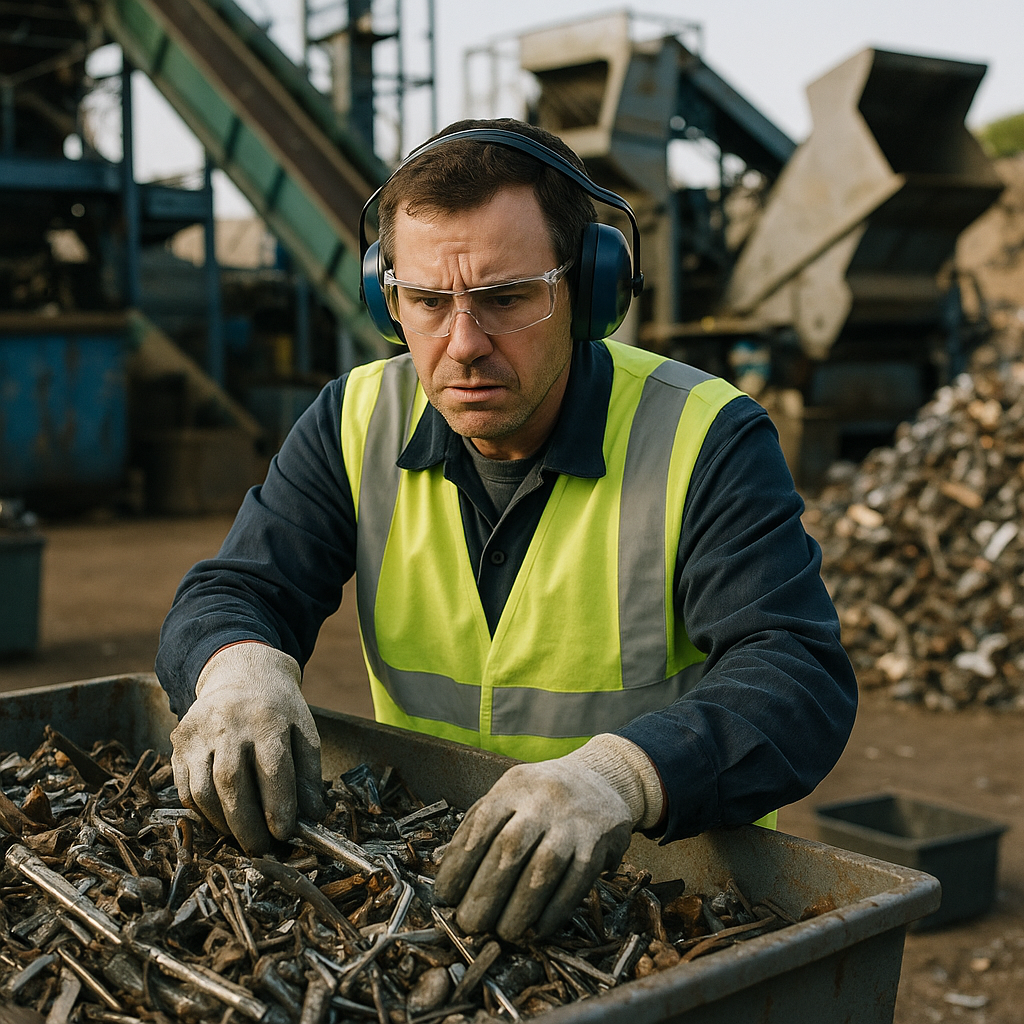
Scrap copper recycling faces significant challenges despite its environmental and economic benefits. The increasing complexity of materials containing copper creates substantial processing difficulties for recycling facilities. Electronic scrap, in particular, presents unique challenges due to the intricate integration of copper with other components.
E-waste recycling complexity arises from the diverse nature of discarded electronics. Circuit boards, wires, and connectors contain valuable copper but are typically encased within resin-containing PCBs and mixed with numerous other materials. Handling these items involves safety concerns, such as electrical hazards, risk of cuts, and potential for component explosions during processing.
Copper-rich electronic waste requires specialized extraction techniques, unlike traditional copper scrap processing. Recovery methods must address the fact that copper in electronics is often present in smaller quantities and bonded with various other elements. This makes the separation process more resource-intensive and technically challenging than recycling large copper pieces.
Product Design Limitations
Current product engineering approaches often overlook end-of-life considerations. Many electronic devices are designed without prioritizing disassembly or material recovery, creating significant barriers when these products reach recycling facilities.
The lack of standardized design protocols for electronics means recyclers face constantly changing product architectures. Each new generation of devices may present different challenges for copper recovery. Without manufacturer consideration for recyclability during the design phase, valuable copper resources remain trapped in difficult-to-process configurations.
Improved product design represents a critical opportunity for enhancing copper recycling rates. Incorporating disassembly-friendly features and reducing material complexity would substantially increase copper recovery efficiency. Some forward-thinking electronics manufacturers have begun exploring modular designs that facilitate easier component separation at end-of-life.
Regulatory and Process Inefficiencies
Regulatory frameworks governing e-waste and copper recycling vary significantly across regions, creating challenges for establishing efficient recycling systems. Some areas lack robust policies to encourage copper recovery from electronic waste.
Current industrial recycling processes have not kept pace with the rapid evolution of electronic products. Many facilities use techniques developed for simpler copper scrap rather than the complex electronic materials now entering the waste stream. This technological gap reduces overall copper recovery rates.
Comparing actual copper recycling flows with available scrap quantities reveals significant untapped potential. Environmental research indicates that increased copper supply through recycling would be highly favorable. However, realizing this potential requires policy support at both industrial and consumer levels to encourage proper disposal and processing of copper-containing waste.
Conclusion: The Future of Scrap Copper and Environmental Sustainability
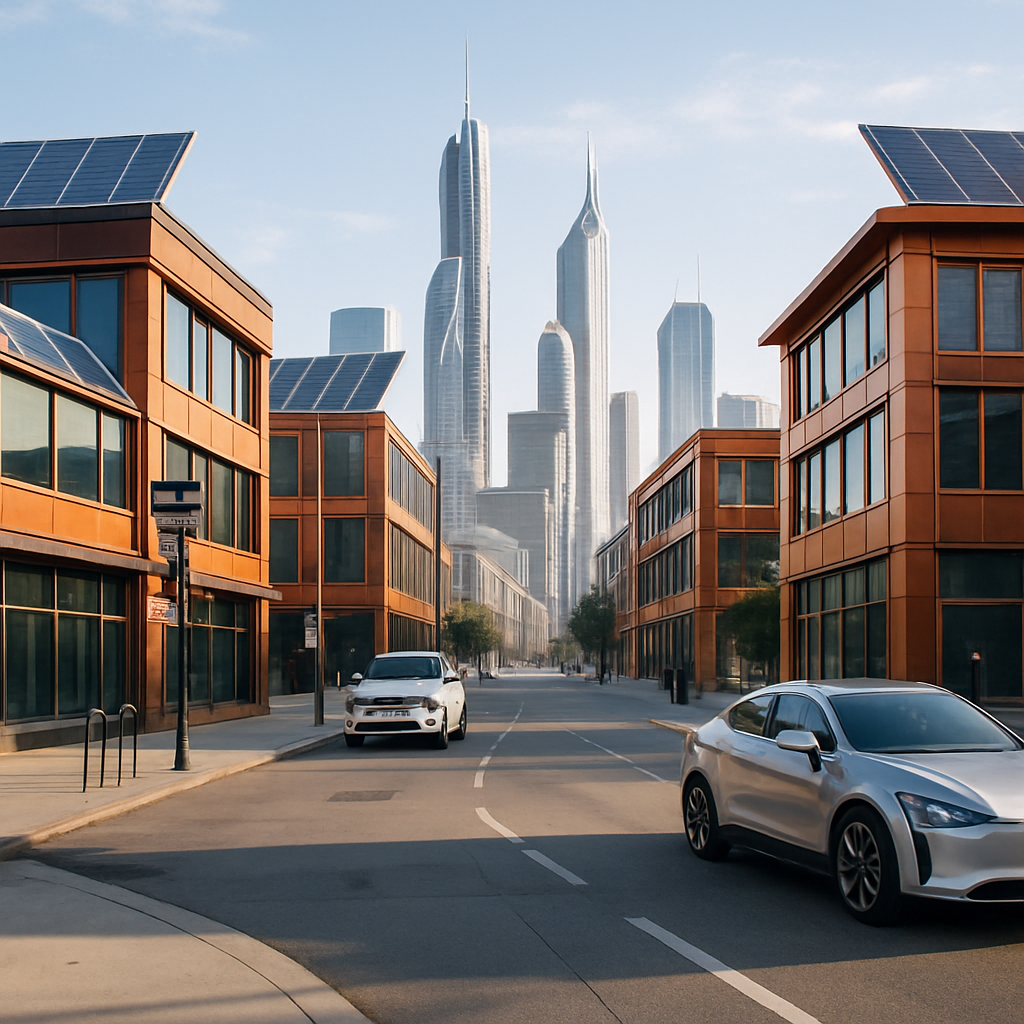
Scrap copper recycling is pivotal to environmental sustainability. Copper’s unique ability to be recycled indefinitely without quality loss makes it essential in the circular economy. By reducing energy consumption by up to 85% compared to primary production, copper recycling significantly lowers greenhouse gas emissions and lessens our dependence on resource-intensive mining operations.
The economic and environmental advantages of scrap copper recycling will become increasingly important as global demand rises. Its contribution to emerging technologies in renewable energy, electric vehicles, and sustainable construction positions recycled copper as vital for our green future. As recycling technologies advance, the efficiency and scale of copper recovery will grow, further enhancing its sustainability.
For your scrap copper recycling needs, contact Okon Recycling at 214-717-4083.
